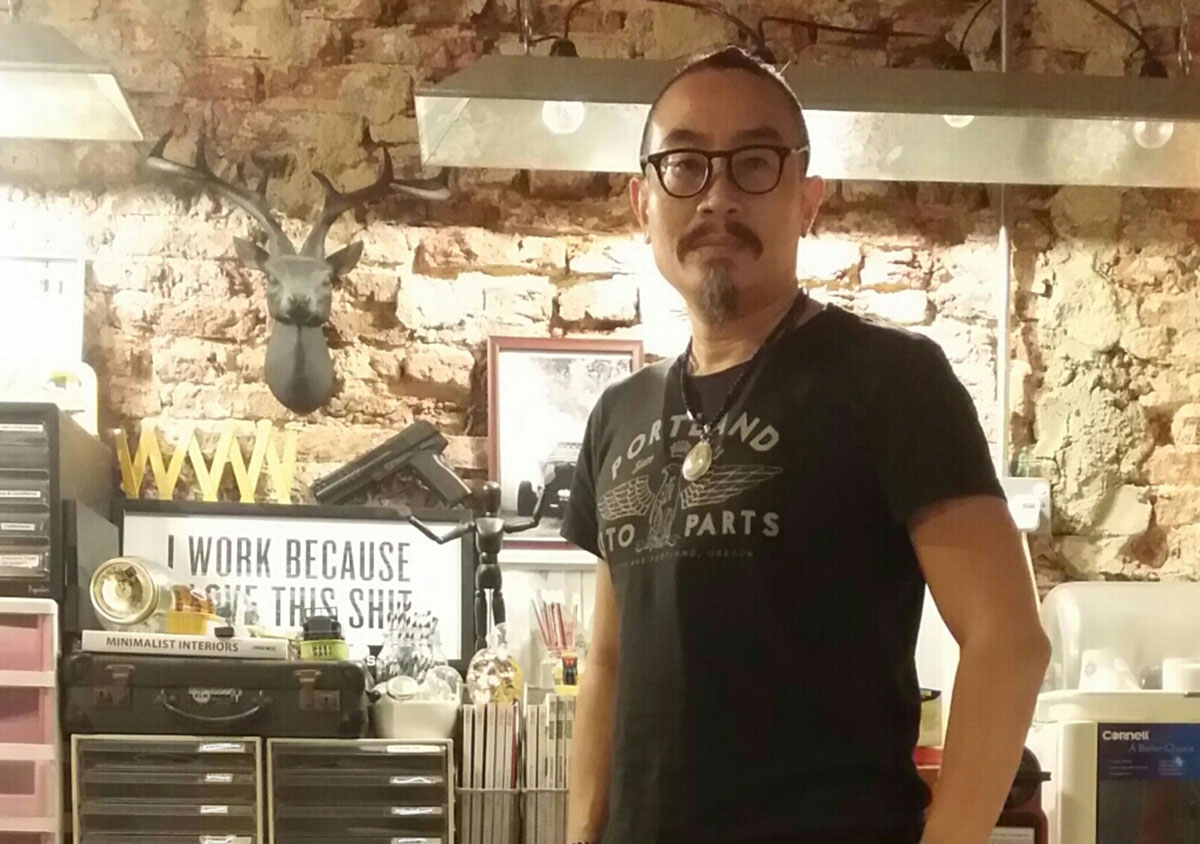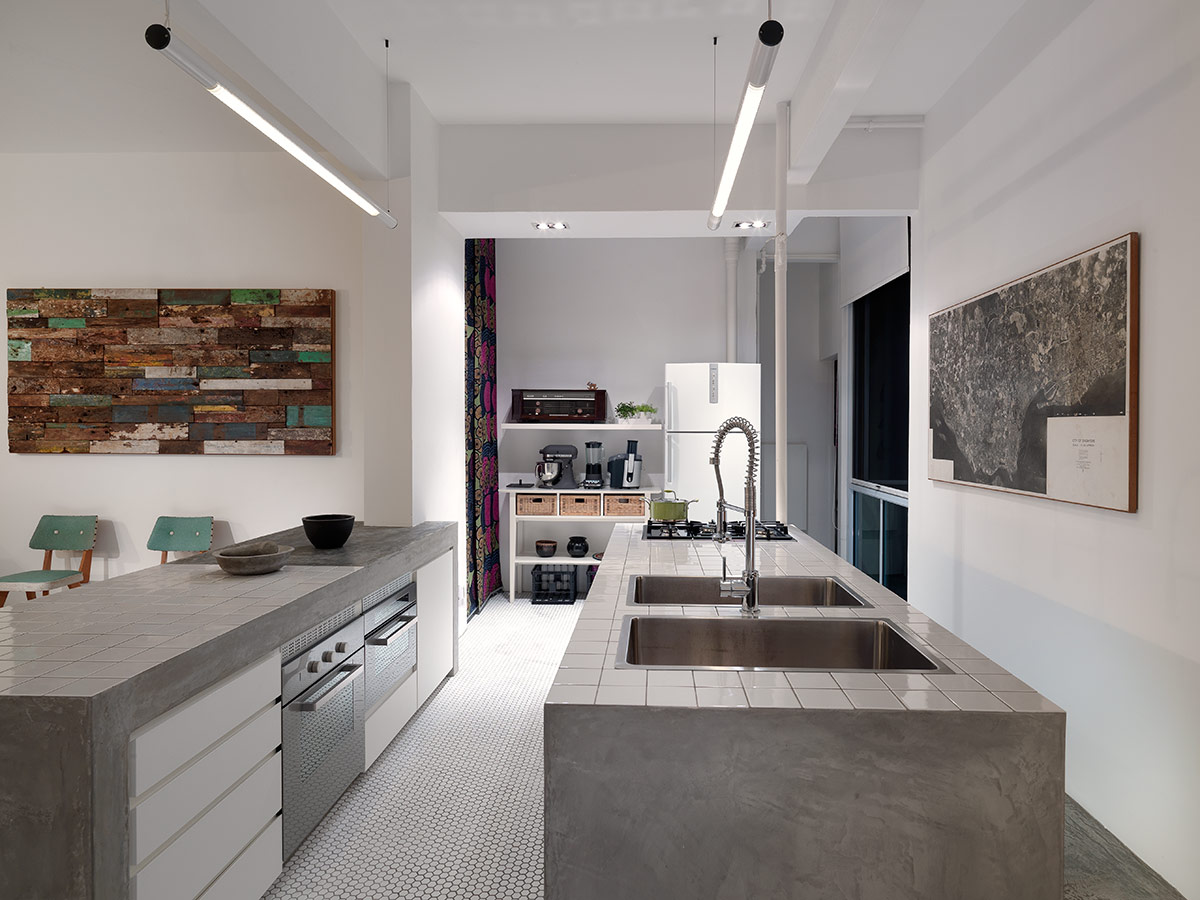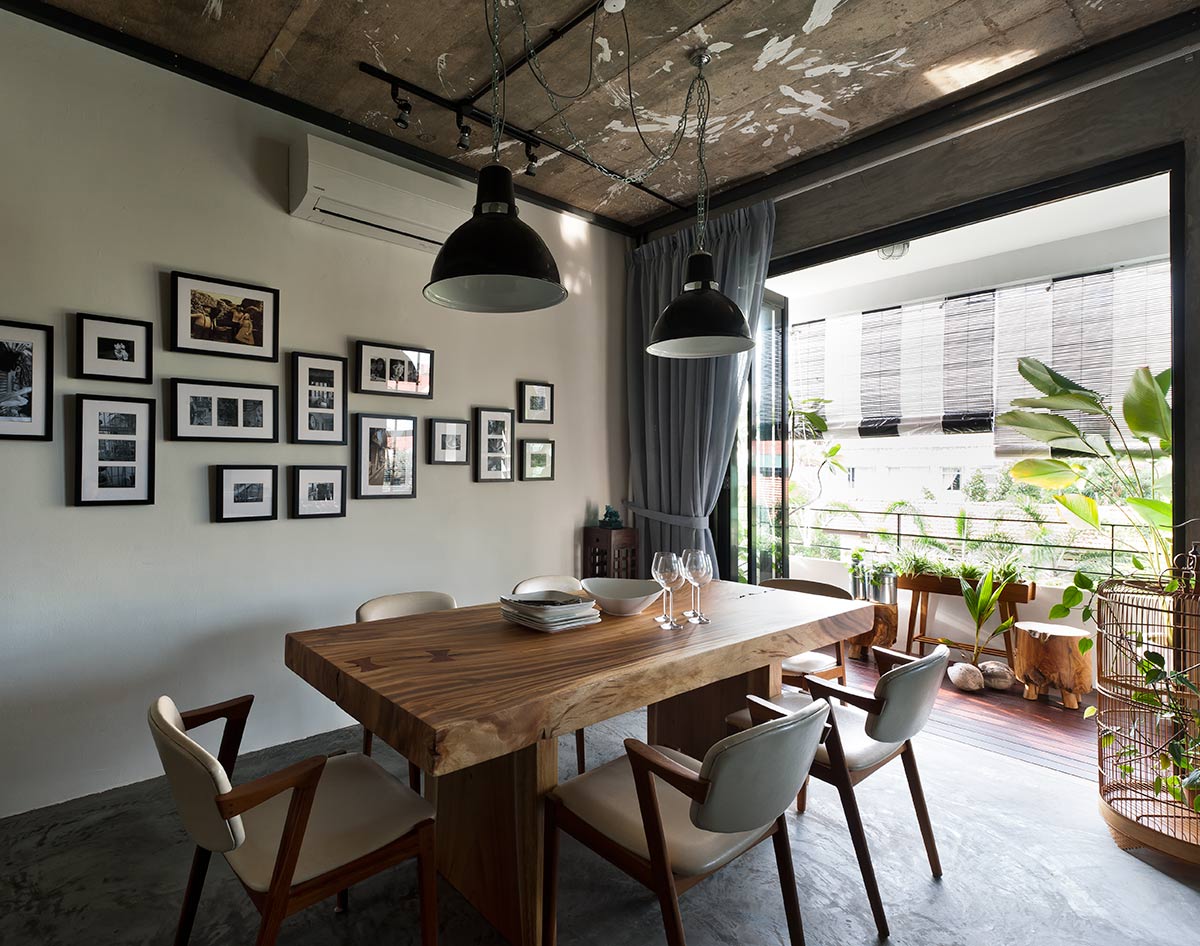Dess Chew, the principal designer at in-demand interior design firm, three-d conceptwerke, chats about the need to rethink trends, and create designs and spaces with longevity instead.
Let’s start with your personal journey in interior design.
Since my childhood days, I’ve been interested in sociology, non-fiction books and creative work. I then studied environmental design at Lasalle-SIA College of the Arts. For me, I believe I would have become a product designer or a sculptor if I did not go into interior design. I like things with simple logic, flexibility, heritage and a story to tell. For 10 years, I was working in consultancy, construction and architectural firms to learn as much of the fundamentals as possible. Life was tough struggling with low pay. Today, I’m happy to be an interior designer together with my four partners. We share a common interest in spatial design, sculptures, products and an understanding of environmental nature in our works.

The principal designer at three-d conceptwerke believes that good design should improve people’s lives.
Can you tell us more about the process of designing interiors?
Designers must have good intuition and careful thought towards a project. We have to understand our clients and analyse the property before putting forward any proposals. This step would take at least two to three weeks or more depending on the size of the project. It is followed by further evaluation, which would require in all about another few more weeks, and then the construction stage.
Why do you avoid popular design trends for the projects you design?
As a designer, we understand that things change all the time. But we don’t follow just to follow. Our projects are no longer only about creating things. The role of the designer or architect is evolving. Designers should be facilitators, and create a community that acknowledges individuals and their latent talents. There has to be a sense of purpose around everything. Design is supposed to enable people to improve their lives, so do not design products for products’ sake. Instead, creating meaningful design is a sustainable design model.

three-d conceptwerke’s designs are meant to facilitate the way people carry out their daily lives.
How would you describe three-d conceptwerke’s aesthetic?
We maintain an open mind and we adopt fundamentals by challenging the traditional role of designers and architects in spatial design. We prefer to include the end users in the design process and the making of their spaces. We have our unique methodology to transform the way people interact with one another and the spaces around them. It’s a combination of design and art, defining communities and shaping the environment.

Functionality, logic and meaning are what makes Dess’ interior designs stand out from the rest.
What would you like your clients to understand about you?
We hope our clients appreciate and understand our strengths, as well as the standards that we portray in our works. We hope to have mutual understanding that good design comes with a price yet its value can be felt for many years to come. We hope to open up more opportunities to share and spread design knowledge to the public.
Tell us more about your collaborations with local like-minded craftspeople and furniture retailers. Why do you think it is important to band together?
The retail and design scenes in Singapore have always been and still are currently offering products and works that are heavily influenced by trends. Unfortunately, a trend usually fades and then the next one surfaces. We are trying to create a movement by identifying and collaborating with unique businesses in Singapore that are offering quality and unique crafts. We aim to step away from the ‘norm’ by introducing works and products deemed to be ‘long-life design’, which can stand the test of time. Therefore, we place design originality, quality and heritage value to be of great importance. These are the fundamental elements embodied in great design and its roots. This movement will benefit the future generations to come, as people will start to learn, appreciate and discern works and products of substance instead of those influenced by trends.
This is adapted from an article originally written by Rossara Jamil published in the September 2016 issue of SquareRooms.



